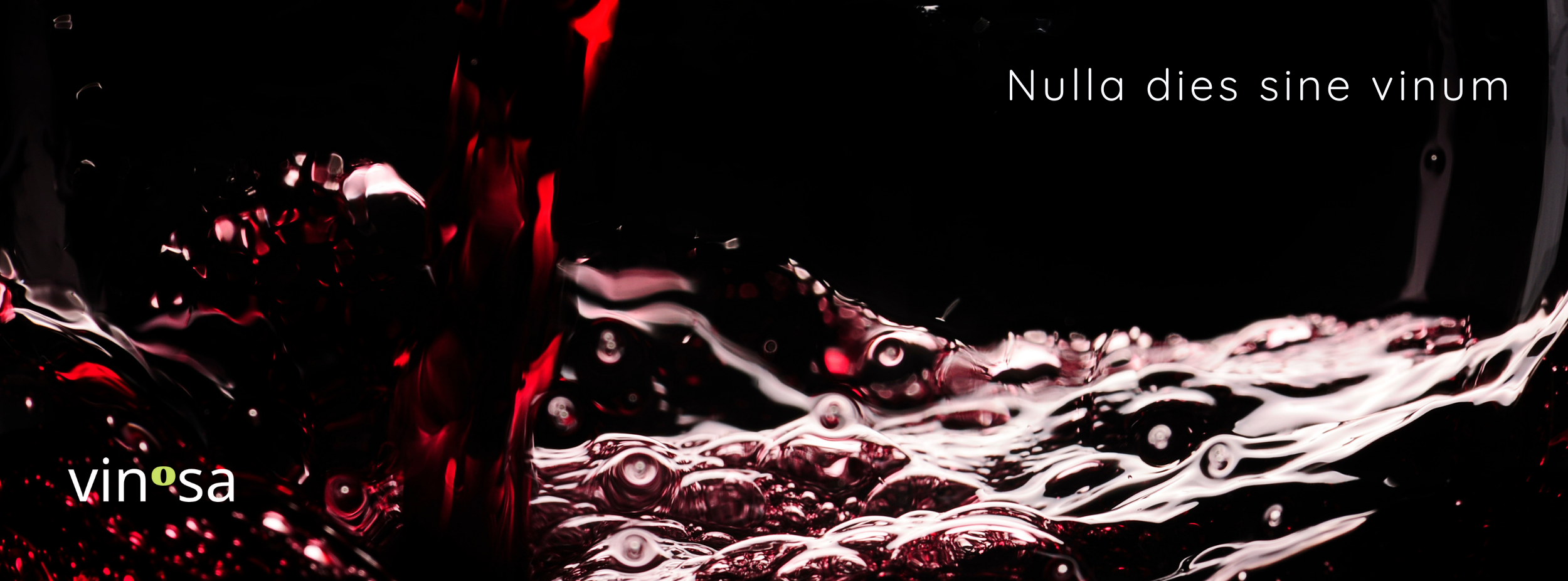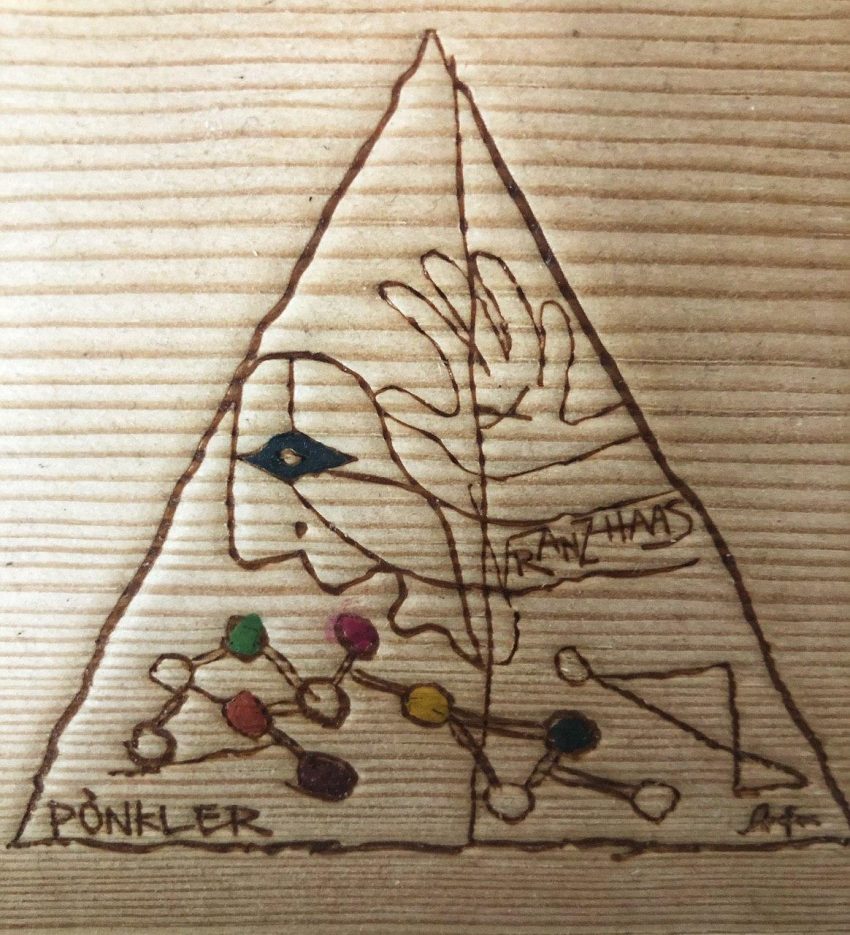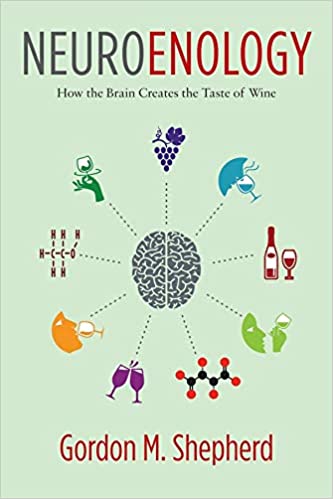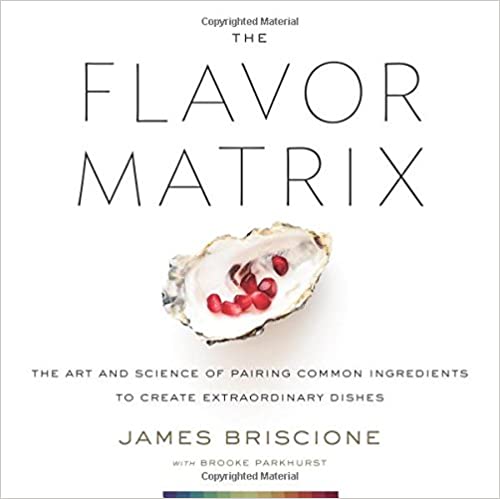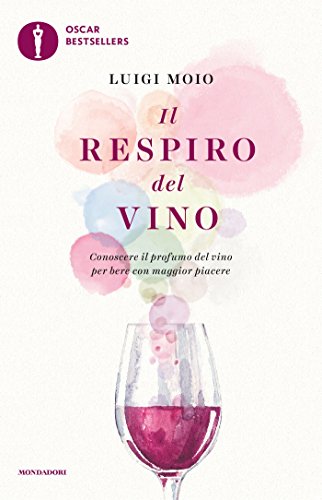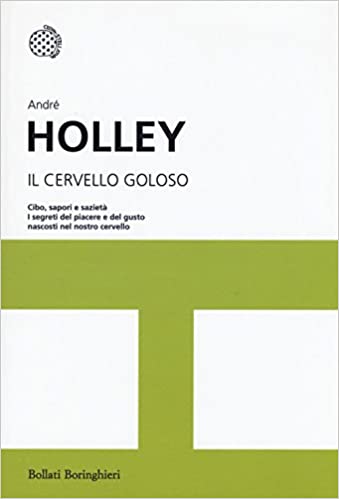Neuroenology. How the brain creates the taste of wine
In his new book, Gordon M. Shepherd expands on the startling discovery that the brain creates the taste of wine. This approach to understanding wine's sensory experience draws on findings in neuroscience, biomechanics, human physiology, and traditional enology. Shepherd shows, just as he did in Neurogastronomy: How the Brain Creates Flavor and Why It Matters, that creating the taste of wine engages more of the brain than does any other human behavior. He clearly illustrates the scientific underpinnings of this process, along the way enhancing our enjoyment of wine.
Neuroenology is the first book on wine tasting by a neuroscientist. It begins with the movements of wine through the mouth and then consults recent research to explain the function of retronasal smell and its extraordinary power in creating wine taste. Shepherd comprehensively explains how the specific sensory pathways in the cerebral cortex create the memory of wine and how language is used to identify and imprint wine characteristics. Intended for a broad audience of readers - from amateur wine drinkers to sommeliers, from casual foodies to seasoned chefs. Neuroenology shows how the emotion of pleasure is the final judge of the wine experience. It includes practical tips for a scientifically informed wine tasting and closes with a delightful account of Shepherd's experience tasting classic Bordeaux vintages with French winemaker Jean-Claude Berrouet of the Chateau Petrus and Dominus Estate.
More info →The Flavor Matrix
As an instructor at one of the world’s top culinary schools, James Briscione thought he knew how to mix and match ingredients. Then he met IBM Watson. Working with the supercomputer to turn big data into delicious recipes, Briscione realized that he (like most chefs) knew next to nothing about why different foods taste good together. That epiphany launched him on a quest to understand the molecular basis of flavor—and it led, in time, to The Flavor Matrix.
A groundbreaking ingredient-pairing guide, The Flavor Matrix shows how science can unlock unheard-of possibilities for combining foods into astonishingly inventive dishes. Briscione distills chemical analyses of different ingredients into easy-to-use infographics, and presents mind-blowing recipes that he's created with them. The result of intensive research and incredible creativity in the kitchen, The Flavor Matrix is a must-have for home cooks and professional chefs alike: the only flavor-pairing manual anyone will ever need.
More info →Il respiro del vino. Conoscere il profumo del vino per bere con maggior piacere
Vi parlerò di quel profumo coinvolgente, di quel suo respiro trattenuto, al quale è impossibile opporre resistenza, che anticipa tutto ciò che si sente in bocca subito dopo aver avvicinato il bicchiere alle labbra. Di quel profumo che può essere un effetto del sole di un'alba radiosa o delle nuvole che precedono la pioggia. Di quel profumo che forse è l'aspetto sensoriale più straordinario del vino, perché è anche il linguaggio della sua composizione, della sua storia, delle sue tradizioni, dei territori in cui nasce e dei microclimi che ne accarezzano i giorni. Il vino è la sintesi sorprendente dei profumi di tutto ciò che ci circonda, perché ha nella sua natura più profonda le tracce della terra, dei fiori, dei frutti, delle spezie, del mare, della montagna, del vento, della luce e di tante altre cose che nobilmente rappresenta.
L'atto iniziale di chiunque si avvicini al vino è infatti quello di portare il calice al proprio naso per sentirne il profumo, roteando delicatamente il bicchiere, affinché il vino in esso contenuto, simile alla Terra che ruota intorno al proprio asse, possa sprigionare la sua intimità olfattiva. Da quando esiste l'uomo, nella sua cultura gastronomica non c'è altra bevanda o cibo che preveda questo meraviglioso rituale di incontro tra sensibilità, natura ed emozione. È una gestualità mitica, quella legata al vino, che con la sua delicatezza ci aiuta a riappropriarci del nostro tempo e del nostro equilibrio interiore.
Sarò certamente felice, perciò, se voi gentili lettori, arrivati all'ultima pagina, riporrete soddisfatti e arricchiti questo mio libro e un attimo dopo vi lascerete prendere dalla curiosità di stappare un'ottima bottiglia del vino che preferite per scoprire l'invitante e meraviglioso mondo di profumi che vi è racchiuso.
Luigi Moio
More info →Il cervello goloso
Che cosa è il gusto? ecco la fondamentale domanda a cui cerca di rispondere il saggio di Andrè Holley.
Illustrando il percorso grazie a cui l'uomo ha trasformato il cibo da strumento di sopravvivenza a raffinata fonte di piaceri. Una domanda che riguarda tutti e che investe il quotidiano, perché attorno a questo tema ruotano enormi giri di affari a livello globale.
More info →
